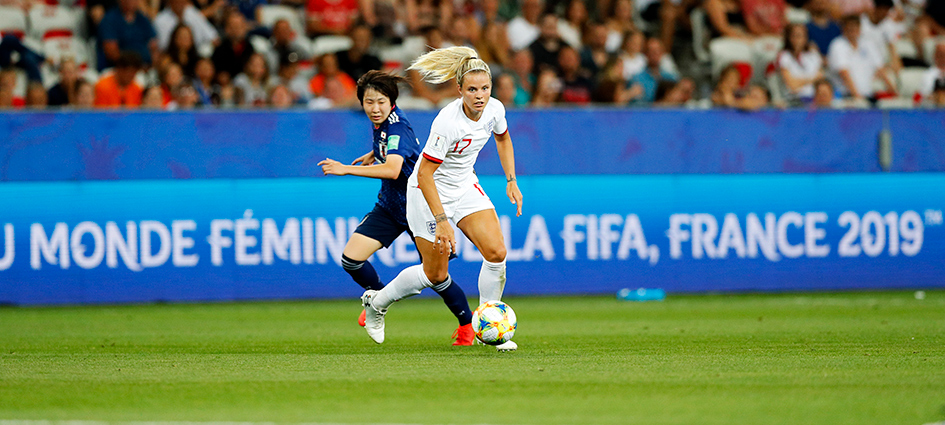
How to coach transition
- Marieanne Spacey and John Peacock
- 11 March 2020
Former England women’s assistant coach, Marieanne Spacey, and former FA national coach, John Peacock, discuss the issue of transition and how to build it into your coaching sessions.
What is effective transitional play and what are the key aspects to its success?John Peacock: In terms of the work we’ve done for the England DNA, transition is defined as the reaction and response, individually and collectively, to the first few moments between having the ball or not having the ball.
Crucially, whatever the first response is to the transition, an individual must be backed up by those around them. For example, if a centre forward goes to press a defender, then they need support from behind. Likewise, an attacker who decides to counter needs supporting runs from others.
Similarly, when possession is lost a team can become extremely vulnerable. When the ball changes hands as quickly as it does in the modern game it’s a moment that the best teams can exploit. Players need to develop their ability to react effectively and think about transition before the ball has changed hands.
Marieanne Spacey: Transition is a critical element of the modern game. In my opinion, there are two important aspects to ensure successful transitions: emotional control and decision-making.
Forward thinking is something we encourage in all our players. Before possession is regained players should know in advance what options they have and what decisions they may make. We don’t want players to win the ball back and then think “what am I going to do now?”
Emotional control in these moments is equally as important. Players must stay in control of the ball, their bodies and their minds. It’s quite easy to win the ball, get excited and go chasing an attack without any consideration that if the ball is lost again the team is out of balance. Emotional control is key to decision-making.

Can players predict transitions?MS: The best players develop a mindset that always expects the unexpected. As a teammate is moving to intercept, other players must consider what may happen if the interception is successful or unsuccessful. Likewise, if one of our players is looking to play a through pass what are the responses if the pass is successful or unsuccessful.
Over time it becomes a way of seeing and thinking about the game. If our central defender sees a full-back has started to make a forward run, there might be a little bit of an adjustment by the centre back to cover. It’s recognition that if the opposition win the ball back we may be vulnerable in that space.
How can coaches work to help players improve transitional play?JP: To get the best out of players you have to put them into decision-making practices that test their understanding. If you’re looking to improve a player’s out of possession play and winning the ball back to attack, you have to put them in a practice which recreates the thought process of defending – can you win the ball? Do I need to get closer to my man? Do I need to drop off?
These types of decision-making practices will help them to understand the implications of different decisions and also the problems that occur when possession is lost easily. In these types of sessions players also learn, that having worked hard to regain possession, how important it is to not squander the ball straight away.
MS: Decision-making in transition can be improved by recreating relevant scenarios in training. It’s important to put on training sessions themed around scenarios such as ‘if this happens, what might you do?’ or ‘this has just happened, what can you do?’ By encouraging and helping players to think about different scenarios it will help them make better decisions themselves.
As coaches, it’s useful to know what players are thinking before and after they make a decision. Then we can get a clearer picture of emotional control and the decision-making ability. With this knowledge you can help players develop their thinking.
Review questions like ‘what were you thinking as you were approaching the ball?’ can help build a clear picture of what a player is feeling and what they’re thinking.
This article was first published in The Boot Room magazine in December 2014.


